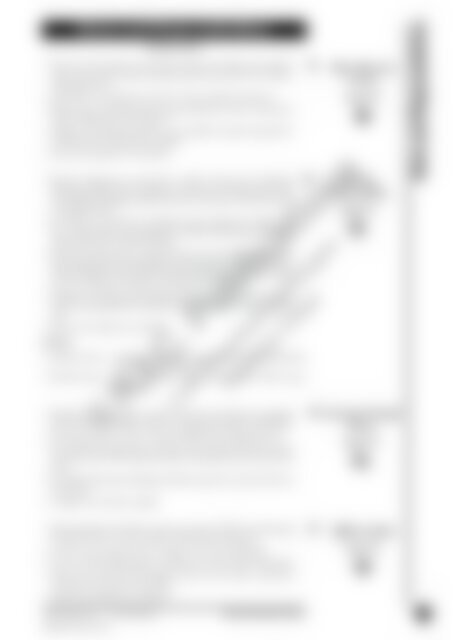RIC-0667 Aboriginal Cult 5-6
You also want an ePaper? Increase the reach of your titles
YUMPU automatically turns print PDFs into web optimized ePapers that Google loves.
Rules and Responsibilities<br />
Teachers Notes<br />
• Write the word ‘learning’ on the board. Say the word and have the students<br />
repeat it several times. Ask the students if they know what the word means.<br />
Accept all answers.<br />
• Ask ‘Where are some places we learn?’ Accept and discuss all answers.<br />
• Make a list on the board of places where people learn, such as universities,<br />
schools, playgroups, sport groups etc.<br />
• Explain to the students that there are many different people responsible for<br />
our learning. Give them some examples.<br />
• Discuss and complete the worksheet.<br />
• Read the information on page 88 to students. Discuss how traditional<br />
<strong>Aboriginal</strong> children learnt, compared to the way the students learn today.<br />
(For example, <strong>Aboriginal</strong> children learn from listening to traditional stories<br />
and ‘doing’ things.)<br />
• Ask ‘Why do you think the <strong>Aboriginal</strong> people taught their children this<br />
way?’ Accept all answers, and explain to students that traditional <strong>Aboriginal</strong><br />
people did not have schools like today.<br />
• Inform the students there are similarities in the way the <strong>Aboriginal</strong> children<br />
learnt and how they learn. Read them an <strong>Aboriginal</strong> legend. (There are many<br />
of these available in various books which your library should have.) Discuss<br />
the story and question students on what they learnt from it.<br />
• Explain to the students that <strong>Aboriginal</strong> children may have also been told the<br />
story by their grandparents or parents, and they also had to listen to it being<br />
told.<br />
• Discuss and complete the worksheet.<br />
Answers<br />
2. Possible answers – wander away from camp, waste water, be greedy, walk around<br />
the bush by himself/herself<br />
3. Possible answers – not to be greedy, eating rules, to share, follow safety<br />
instructions<br />
• Read the information sheet to students. Focus on the information regarding<br />
rules for <strong>Aboriginal</strong> children about not being greedy and their eating habits.<br />
• Encourage students to have an input regarding their feelings about this.<br />
• Give students the opportunity to discuss, with a partner then the class, how<br />
they learn rules, who teaches them those rules and why they need to learn<br />
them.<br />
• Ask ‘Why did traditional <strong>Aboriginal</strong> children need to have such rules?’ Discuss<br />
the answers.<br />
• Complete the worksheet together.<br />
Who Helps You<br />
Learn?<br />
(page 92)<br />
Sharing<br />
Responsibility<br />
(page 93)<br />
Learning Through<br />
Stories<br />
©R.I.C. Publications<br />
Low Resolution Images<br />
Display Copy<br />
(page 94)<br />
Rules and Responsibilities<br />
• Make a large chart with ‘Rules’ written across the top. Write four subheadings<br />
of ‘school’, ‘home’, ‘road’, and ‘sport’. Draw boxes around each.<br />
• Choose various students to give a sample rule for each subheading.<br />
• As a class, look through magazines to find pictures to glue under each heading.<br />
• Discuss class rules and what happens when they are broken. Talk about<br />
consequences and why we need rules.<br />
• Discuss and complete the worksheet.<br />
Different Rules<br />
(page 95)<br />
www.ricgroup.com.au R.I.C. Publications 91Australian <strong>Aboriginal</strong> <strong>Cult</strong>ure 91<br />
ISBN 978-1-86311-807-1


















